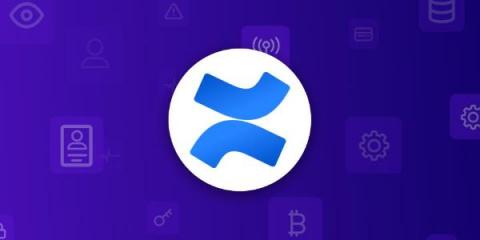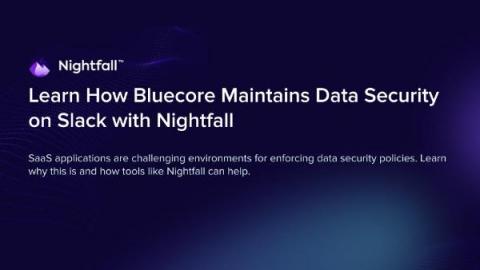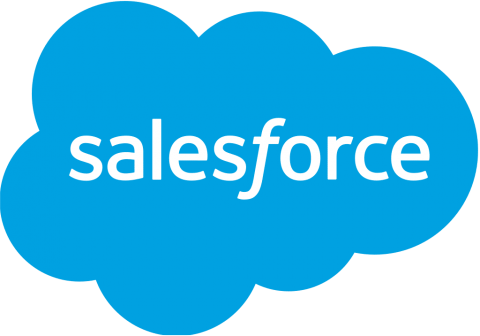The Security Playbook for Remote-first Organizations
The sudden shift to remote work in 2020 exposed companies to a variety of new security challenges that haven’t gone away. Review the seven most crucial areas of security for emerging remote-first organizations. Continue reading below or feel free to download a copy of this playbook. We’ll also include our free Post-COVID Security Checklist as a reference you can keep in your back pocket.










